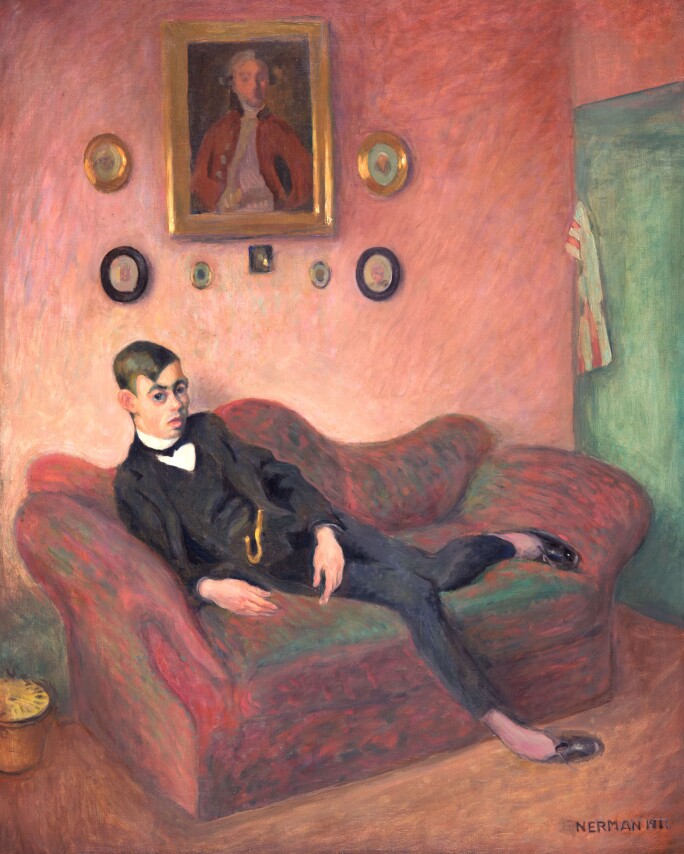N ostalgia is a response to the passing of time, a longing for the past and an insistence on the ongoing presence of memory. The word originates from the Greek algos—pain, grief or distress, usually around loss—and nostos—homecoming, the wish to return home. Interactions with historic or archaic objects are often saturated with this yearning for what is no longer with us.
Take the phenomenon of “ostalgia,” the nostalgic longing for certain aspects of life in the former East Germany, or GDR. Ostalgia drew on cultural identity, shared experiences and discontent with the alienation brought on by Western capitalism after reunification. Israeli philosopher Avishai Margalit writes that ostalgia involves selective memory, idealizing everyday life while downplaying the repressive nature of the GDR regime, “removing the shit from past memory.”
Margalit highlights the role of material culture, such as East German artifacts—Trabant cars, Ampelmännchen traffic-light figures, certain food brands—as symbols of ostalgia. These items carry emotional resonance and serve as markers of a unique identity. Holding on to such objects works as a psychological coping mechanism for the disorientation caused by political and economic upheaval. Is ostalgia morally ambiguous? Does it risk trivializing the authoritarian past while also playing a role in preserving dignity and coherence in historical memory?

Collecting and saving objects can function as a form of consolation, masking underlying anxieties about rapid social change and offering a temporary reprieve from the uncertainties of the present. We are also faced with our own regression in viewing any assemblage of objects from decades past; in comparing the past to the present, we can hold on to tradition or see where history went awry.
Collectors play many roles: They are agents of history, constructors of knowledge and custodians of cultural memory. The objects they collect are tangible links to bygone eras, anchors of comfort and continuity amid the relentless flow of time. All the same, the act of collecting offers a decisive interpretation of history.
In responding to nostalgic longings, one’s account of the past becomes an act of both selection and curation. How are we to tell the story of our origin? What do we remember, and what do we forget, or deem irrelevant, or even contradictory to our story? Nostalgic narration serves as a way to explain and justify the present and future.
For the collector, framing, organizing and amassing objects can generate an alternative version of history, an alternative society, an alternative life. This process is simple enough for a group of items carefully chosen by an individual, but how does it work when collections are amassed and displayed by cultural institutions? How does this important function of preserving memories operate in an institutional context? Museum collections take distinct positions in a broader cultural context, educating as well as implicating the public.
“Collectors play many roles: They are agents of history, constructors of knowledge and custodians of cultural memory.”
The presentation and interpretation of objects play a critical role in shaping our understanding of history. Art institutions are by nature deeply ambivalent. On the one hand, they foster dialogue across socio-political positions, presenting work that challenges the status quo; on the other, they reaffirm certain narratives of cultural history through the framing of artifacts.
Institutionally supported collecting becomes a way to manage ideas about the past and its emotional resonance in public—making the phenomenon of nostalgia a collective tool for memory but also constructing cultural hierarchies.
Museums do not simply preserve works of art but also promote specific historical readings through their selection and arrangement, often prioritizing European, bourgeois or colonial narratives over those of marginalized communities. Once these narratives are codified in a museum context, such nostalgia serves as an affective mechanism that reinforces dominant ideologies, even as it produces an emotional distance from the ruptures and contradictions of the past.
When objects are arranged to present history as ordered and logical, the result is a manipulated narrativization of the past. In reality, history is messy and disorganized.
